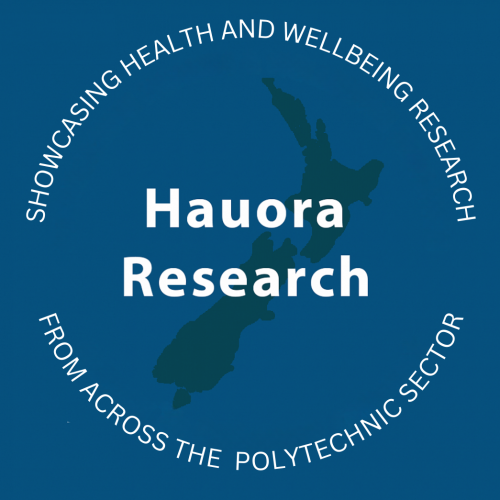
Characteristics of those who live to 100 and beyond
Patricia Conradson, SIT: New research into reaching the age of 100 and beyond suggests that, despite being a diverse group, centenarians may have a number of characteristics in common.
Southern Institute of Technology Nurse Educator, Patricia Conradson, became interested in the idea of exploring the lives of centenarians after observing an increase in the number of people living to 100.
“I visit students on aged care placements,” she says, “and over the years I’ve noticed people are living longer, which has ramifications for our society and also for nursing. Statistics New Zealand shows steadily increasing numbers of centenarians in New Zealand, about half of whom are living in their own homes.”
In a combined qualitative and quantitative study, Conradson reviewed online databases and journals for relevant articles relating to the factors contributing to reaching 100 years. These findings were then integrated with insights from a semi-structured, face-to-face interview with Gore centenarian, Fred Cooper.
The results showed a number of genetic and non-genetic factors contribute to a prolonged existence and enable a growing portion of the population to “blow out one hundred candles”.
“A recurring theme in the literature was around having an optimistic and resilient disposition, and this was one of the first things I noticed about Fred,” she recalls. “He made light of life’s challenges and spoke a lot about gratitude. He was so grateful for his family, and for the opportunities he'd had in life.”
Centenarians also seem to show some resistance to the scourges of old age.
“No-one arrives at 100 in perfect health, but centenarians are underrepresented in degenerative illnesses like cancer and Alzheimer’s disease.”
The average New Zealand female born today can expect to live till they’re 83, while the average male can expect to live until they're 79 or 80, Conradson says. The literature suggests genetic factors account for about 30% of human longevity, while studies of twins showed that genetic differences are responsible for around 25% of the variation in human lifespan.
In Fred’s case, she says, a genetic connection was apparent. He had an aunt who lived until she was 103. He has a 99-year-old sister, and another who is 89. Both of his parents lived into their 80s, and a grandmother lived into her 90s.
“Genetic influences seem to grow momentum as you go through life – after the age of 60, those influences are stronger. However, the genetic signature that seems to be specific for centenarians is not necessarily enjoyed by people who live into their 80s.”
Conradson says there is much literature about the “blue areas” around the Mediterranean where there are relatively high numbers of people aged 100 and over, and the beneficial effects of a Mediterranean diet. She notes the local gene pool is likely a factor, too.
“There's no doubt that higher living standards do provide some advantage, but it appears you still have to have the right genetic signature.”
From a young age, Fred was active doing physical work on the farm. He often cycled and walked long distances to get to school.
“Even his leisure life was very active,” says Conradson. “He'd go up to Fiordland where he loved tramping and hunting and being outdoors. What the literature says about physical activity is that there are cardiac benefits, but it seems to be the impact on cognition that is most significant. Your brain is getting more oxygen, and you are getting a feel-good endorphin rise. And there is some indication that being physically active, in childhood in particular, is a common factor amongst centenarians.”
For Fred, and others in the literature, a sense of belonging and community seemed to be influential in their longevity.
“After Fred returned from serving in World War Two, he joined the RSA. He continues to go to the RSA once a week, and goes to church once a week as well,” says Conradson. “On Fridays, Fred will often visit the building firm he founded, which is now run by his son and daughter-in-law.”
Fred grows beautiful dahlias and gifts blooms to his neighbours, who bring him baking in return.
“He's got a caring community round him and he appreciates everything that people do for him. My own words on it would be that he has plenty to live for – something to get out of bed for in the morning.”
Conradson says the research can teach us a lot about successful ageing and the importance of stability, activity, community, resilience and optimism – however, they don’t guarantee you will live to 100 or beyond.
“Centenarians are a diverse group – not all of them have been very active, for example. This brings us back to that all-important genetic signature.”
Trish Conradson is a nurse educator at the Southern Institute of Technology. She is a registered nurse and registered midwife. Trish has a BA, Graduate Certificate in Social Sciences, Postgraduate Diploma in Health Service Management, Master of Education (Adult). She has an enduring interest in lifespan development from womb to tomb. Contact Trish Conradson
